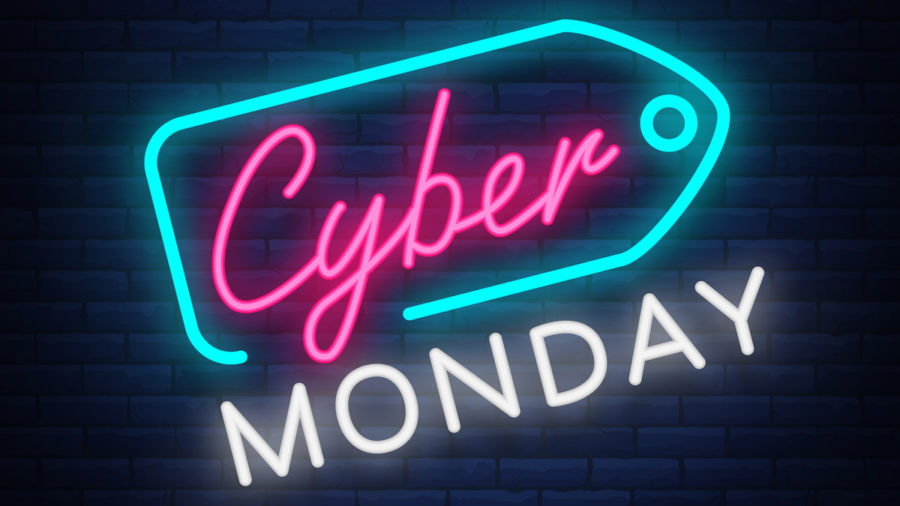8 Paid Social Strategies For Cyber Weekend Success
September 28, 2019 •Helen Barclay

Chris Simpson, our Digital Performance Director, gives his us top tips for cyber weekend success across Facebook and Instagram.
1. Peak sales, peak competition
We benchmarked a range of retail clients – the cost of each Facebook or Instagram ad impression jumps by at least 20% from October to November. Conversion also improved but by a more modest 7%.
2. You have to work harder…
Your ads have to work harder at this time both to cut through the increased noise from competing offers and to offset the higher cost of each impression.
3. Images beat text
70% of people only look at the image/video part of the ad and ignore the copy around it. Be sure to land your message through use of copy in the image or video. It’s worth noting that video doesn’t have the same restrictions on how much text you can show so video can be a stronger way to land your promo message. Instagram stories are brilliant for this.
4. Give them what they want
At any given time, Facebook wants to give users what they are looking for. The auction always favours brands whose objectives align with their users. As Black Friday approaches, it knows people are looking to get a deal and buy so it will lean towards advertisers who serve strong offers to receptive audiences. This is not the best time to introduce yourself to completely cold audiences because the risk is that your ad won’t even be seen by your best prospects. Instead, it’s a good idea to build into peak, front loading the acquisition activity during October so that you can maximise remarketing audiences during Black Friday week. This way, you will be sure to get your offer in front of receptive buyers during the critical week and push out any brands that were late to the party. You also build your acquisition audiences when the ads are cheaper.
Actually, this approach plays to consumer behaviour too. Facebook analysis suggests that people start the shopping process earlier than you’d expect, and particularly mobile-first shoppers. 60% of the season’s purchases happen before Black Friday.
5. Design for the platforms
Instagram users are more likely to shop on Black Friday than Facebook. Be sure to cater to the native formats that Instagram offers. Also work with a range of ad formats in general – you will be in a more competitive position if you have assets for every auction placement. Eg. link posts, video, carousels, Instagram stories, Collection Ads
6. Be consistent
Facebook is based on machine learning – it needs to build history behind an ad to learn where best to serve it. If you keep changing offers every few days, you reset
these learnings and can seriously compromise performance. In addition, as an ad builds history, it gains social proof in the form of likes and shares. This shows users and Facebook that it’s a good ad. Do all you can to retain learning and social proof through peak. For example, launch your Black Friday offer ads the Wednesday before and let them run all the way to Cyber Monday.
7. Optimise your product feeds
The golden rule here is try not to restrict dynamic product ads to specific products or categories (eg only products in sale or only those with good stock). This has a drastic impact on re-marketing performance because Facebook loses so much data when you restrict products. Likewise, don’t remove products from your feed when they go out of stock. Simply mark them out of stock or you will damage performance. Do try to include both regular and sale pricing in your feed, so that you can show was/now pricing in the dynamic ads.
8. Reflect the time of the season
As we approach Christmas, shoppers get increasingly concerned about delivery. They care about speed and click and collect rather than discounts or coupons. Be sure to show delivery timescales clearly on product and checkout pages. If your delivery deadline runs right up to Christmas, why not build a late campaign just for that?
Chris leads our digital performance team. He has been part of the more2 story since 2003, prior to which he ran marketing for a global IT reseller. Chris was our seventh employee and spent a formative four years with the business. He then returned clientside to hold CMO positions with a series of VC backed pureplays and returned early 2017 to build our digital team. He likes helping SME’s punch above their weight in digital.

